“Show, don’t Tell”
These words were underlined in my first-ever rejection letter. It was a form letter, but the editor apparently thought this admonition needed special emphasis in my case. At least I could comfort myself that if they were part of his standard rejection letter, it was a common failing. Trouble was, I had no idea what he meant.
Weren’t you supposed to “tell” a story?
Yes and no. We do tell a story in the sense that we write the words on paper or on a computer screen. If you think back to bedtime stories or scary campfire tales, a storyteller tells the story orally in words. So yes, “telling” a story is part of our cultural tradition, and the words themselves are rather important. We want to choose descriptive words that capture our readers’ imaginations and paint pictures in their brains.
That’s the point where we cross over and begin to SHOW the story.
Think about it. When you dream, is it words in your head or pictures? I’m betting that in your most vivid dreams, you not only see what’s happening, but you’re part of the action.
If you went to a movie and someone walked onto the screen and said, “We ran out of time and money, so there aren’t any action shots, but I can tell you about what happens…” you’d feel gypped! We’re not interested in a “talking head.” The action is so important that the first movies had no sound at all–just pictures of the action. Only when it was absolutely necessary did they flash a screen of dialogue. The images carried the story.
Think of it another way…if someone dares you to go to a scary movie, do you ask them to tell you what to expect? Why is it easier to hear about the scary parts than to see them? Because what we see firsthand makes a more vivid, emotional impression than what we hear about or read about.
How do we bring that sort of vivid, emotional impact to a story we must tell in words?
By using words to paint pictures, convey action, and eavesdrop on conversations.
Example:
Telling–
He was breathing heavily as he crested the hill. There was a little town in the valley below him, and he saw lights in the windows of the houses.
Showing–
Lungs burning, chest heaving, Riordan crested the hill. Below him, nestled beneath the blanket of night, a village slept. Here and there a glimmer of candlelight winked through the cracks of battened shutters.
Your Turn:
Try your hand at making these “telling” sentences more visual–
- He heard a dog bark.
- He was scared by the noise, so he went to hide behind a tree.
- He didn’t see anyone. The wind started blowing, but there were no other noises.
- He thought it was safe, so he came out.
- Suddenly, someone told him not to move.
If you like, post your improved version in the comments section!
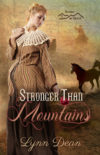
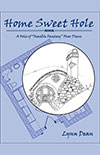

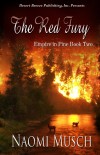
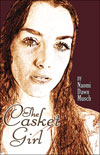
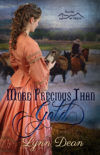
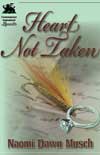

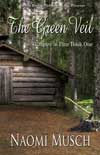

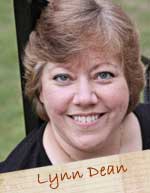


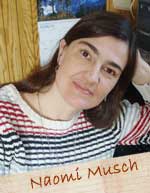


Speak Your Mind
You must be logged in to post a comment.